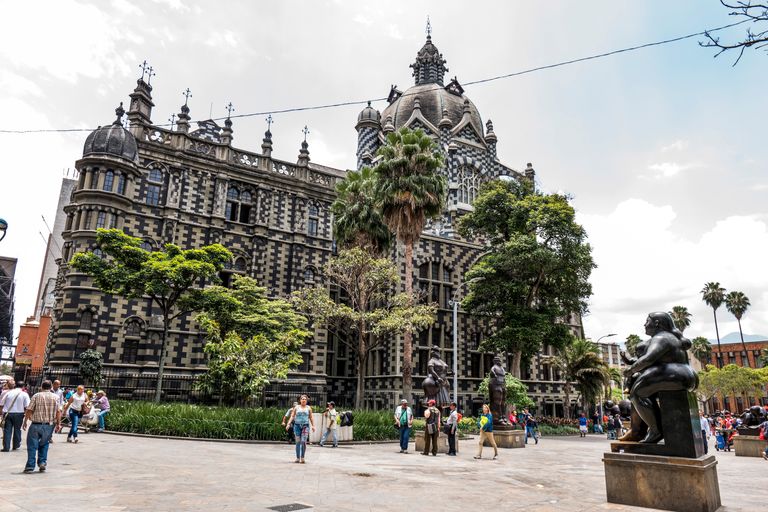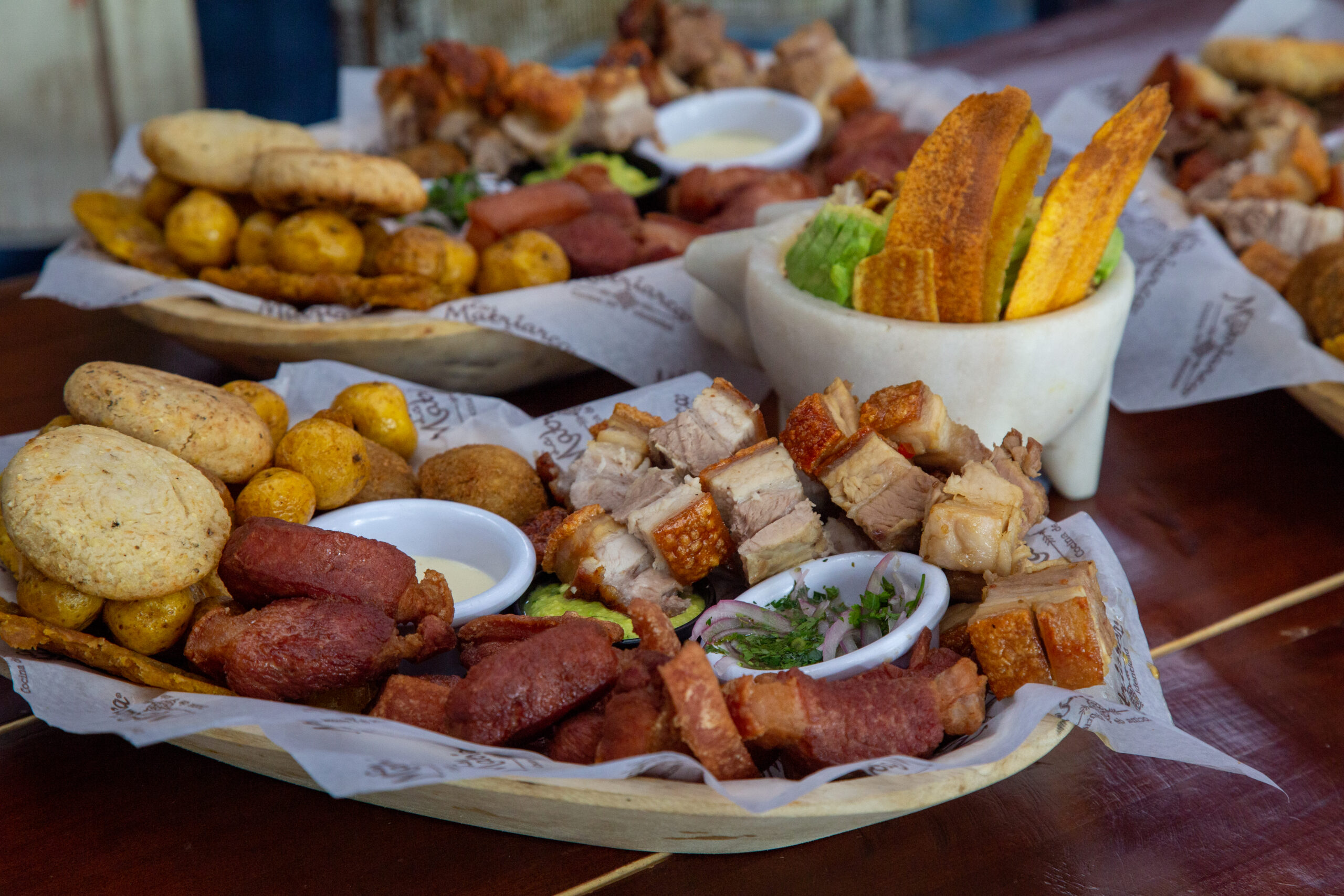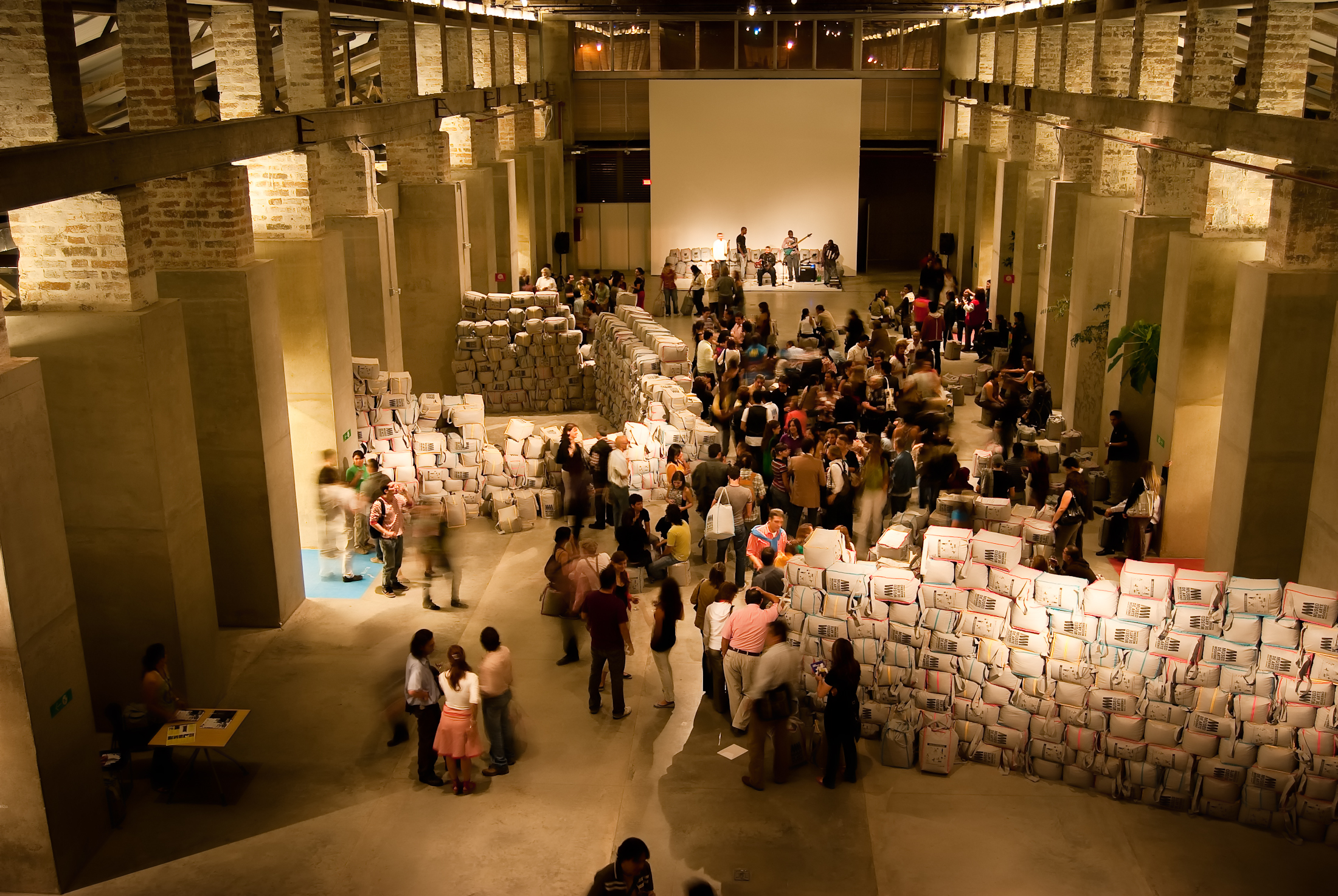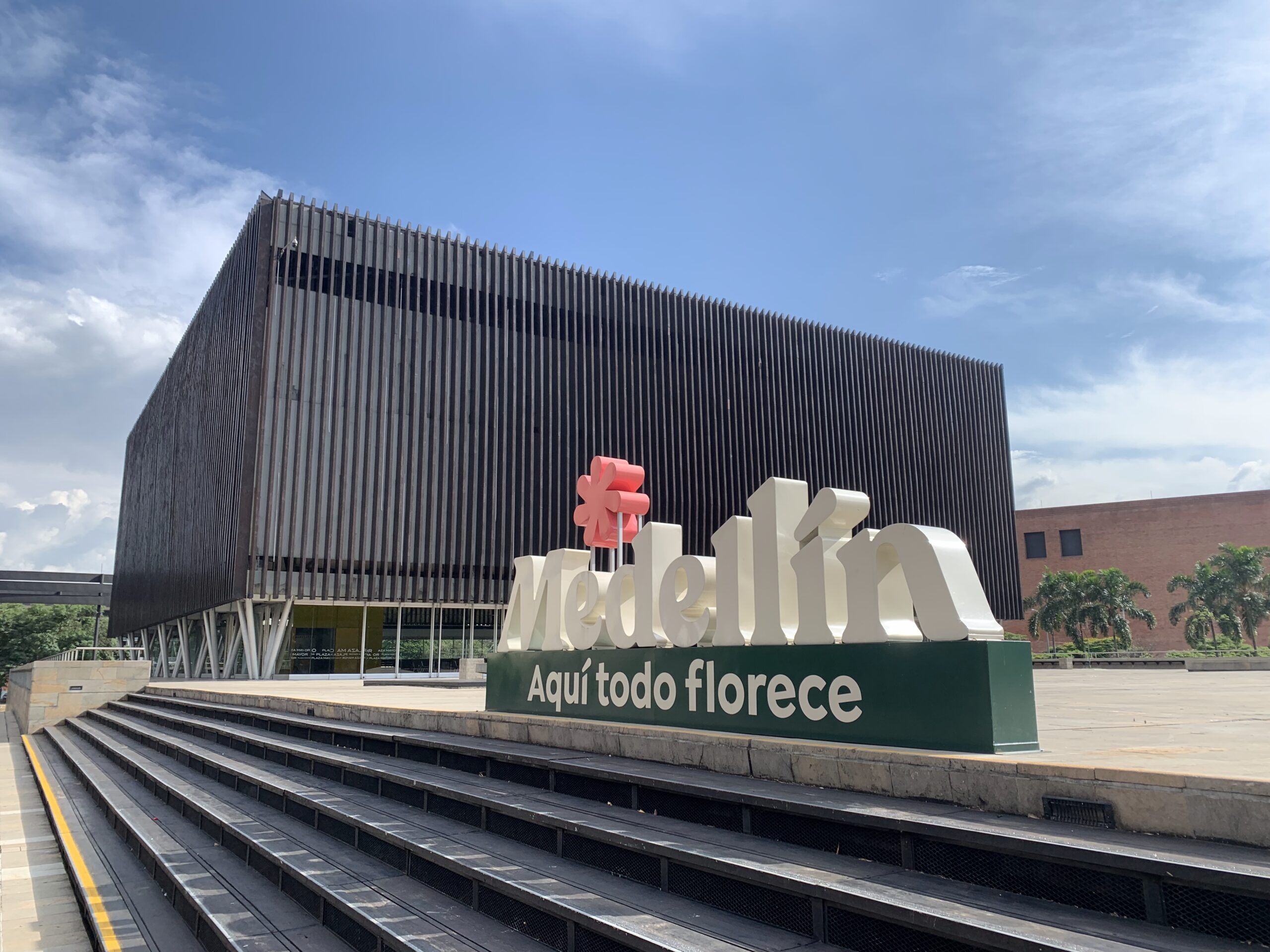Fuente: Condenast, 18/04/2018
3 Days in Medellín, Colombia
by ARIANA MARSH
There’s a reason all your friends are talking about Colombia’s second city. In the lush Aburrá Valley, Medellín is a warm-all-year, laid-back alternative to the more buttoned-up Bogotá, where digital nomads hole up in cafes, foodies go restaurant hopping, and art lovers bounce between sprawling museums and intimate salsa haunts. The city remains deeply rooted in and proud of its rich Paisaculture—though it also acknowledges the dark side of its past, as the hometown of Pablo Escobar and a former epicenter of the world’s deadliest drug trade.
But thanks to visionary advancements in public transportation and education-focused infrastructure projects, as well as a burgeoning tech scene, Medellín has made remarkable progress, reinventing itself as a place you need to visit in a country that, on the whole, has been moving toward a brighter future. See for yourself in just three days: Considering it’s only an under-six-hour hop from New York City (Avianca offers a direct flight seven days a week), it’s the ideal spot for a long weekend away, any time of year.
Checking In
A maze of tangled streets, Medellín’s El Poblado neighborhood is filled with cafés, bars, and restaurants. There are two excellent design hotel options in the area to choose from; both are centrally located around Parque Lleras and offer panoramic views of the city. For an industrial-chic vibe akin to a contemporary NYC loft, choose Art Hotel Boutique. If rooms featuring polished concrete, Balinese furniture, and colorful, retro chandeliers are more your speed, go for The Charlee Lifestyle Hotel.
Day 1: History and some indulgent eats
Start your day off at Pergamino Café, a Medellín establishment of sorts, for an excellent cup of coffee and a decadent pastry (get the almond croissant). From there, head toward El Centro (downtown) to discover the city’s historic sights on foot. We’d recommend booking a free four-hour tour with Real City Tours. Their knowledgable guides will take you to Parque de Las Luces, where 300 massive, light-up columns stand like space-age sentries; Plaza Botero, a park dotted with 23 sculptures by the famous Colombian artist Fernando Botero; and the architecturally stunning National Palace. Grab a local lunch at Hatoviejo Centro and stop into the nearby Museo De Antioquia, which houses a large collection of Colombian and international art, as well as the Museo Casa de la Memoria, which honors victims of the country’s armed conflicts. Back in El Poblado, indulge in a Colombian-fusion dinner at Carmen (you’ll need a reservation, even if you opt out of the tasting menu) and follow it up with a scoop of gelato at Arte Dolce.
Day 2: Cable cars, a national park, and salsa dancing
Medellín’s innovative take on public transportation was paramount in the city’s transformation, as it allowed previously isolated low-income neighborhoods to become accessible. For tourists, it also serves as the most convenient way to get to the city’s coolest spots, including a gorgeous ecological nature preserve called Arví Park. To get there, head to the Acevedo metro station and catch a set of cable cars (you’ll transfer to a second leg at Santo Domingo) up to the top, where you can embark on a day hike or just take in the views of the valley. On your way back, stop for a scenic lunch within the botanical garden at In Situ, then head to Comuna 13. What was once one of Medellín’s most dangerous areas has become a street art haven thanks in part to 1,259 feet of outdoor escalators connecting the neighborhood with the rest of the city. After exploring the area, make a pit-stop to see the work of some of Colombia’s most storied artists at the Museo de Arte Moderno de Medellín. Then dine like a local at Gloria de la Gloria—order the bandeja paisa, a giant plate of rice, beans, meat, plantains, and more. End the night at Son Havana salsa bar, where locals go to shake off the week.
Day 3: Day trip into the Andes and a tasting menu
A visit to Medellín wouldn’t be complete without venturing two hours west to Guatapé, a small Andean town that sits on a stunning reservoir. Book a day trip through Toucan Cafe. After a few stops along the way, you’ll arrive at El Peñol, a giant inselberg that can be climbed via a zig-zagging stairway. At the top, enjoy breathtaking views of the surrounding reservoir before heading back down for lunch in Guatapé, a town known for its cobblestone streets and brightly colored buildings. This is a full day, to be sure, but you can’t leave Medellín without having one last meal back in El Poblado. Spend your final night working your way through an experiential tasting menu at El Cielo; you can do 9, 11, or 13 «moments» or courses (for about a fifth of the price of a typical tasting menu in the U.S.), and though it’s become a bit of a touristy outing, it’s also a chance to sample dishes by hot young chef Juan Manuel Barrientos. And maybe have chocolate poured over your hands.
See the original article here.




